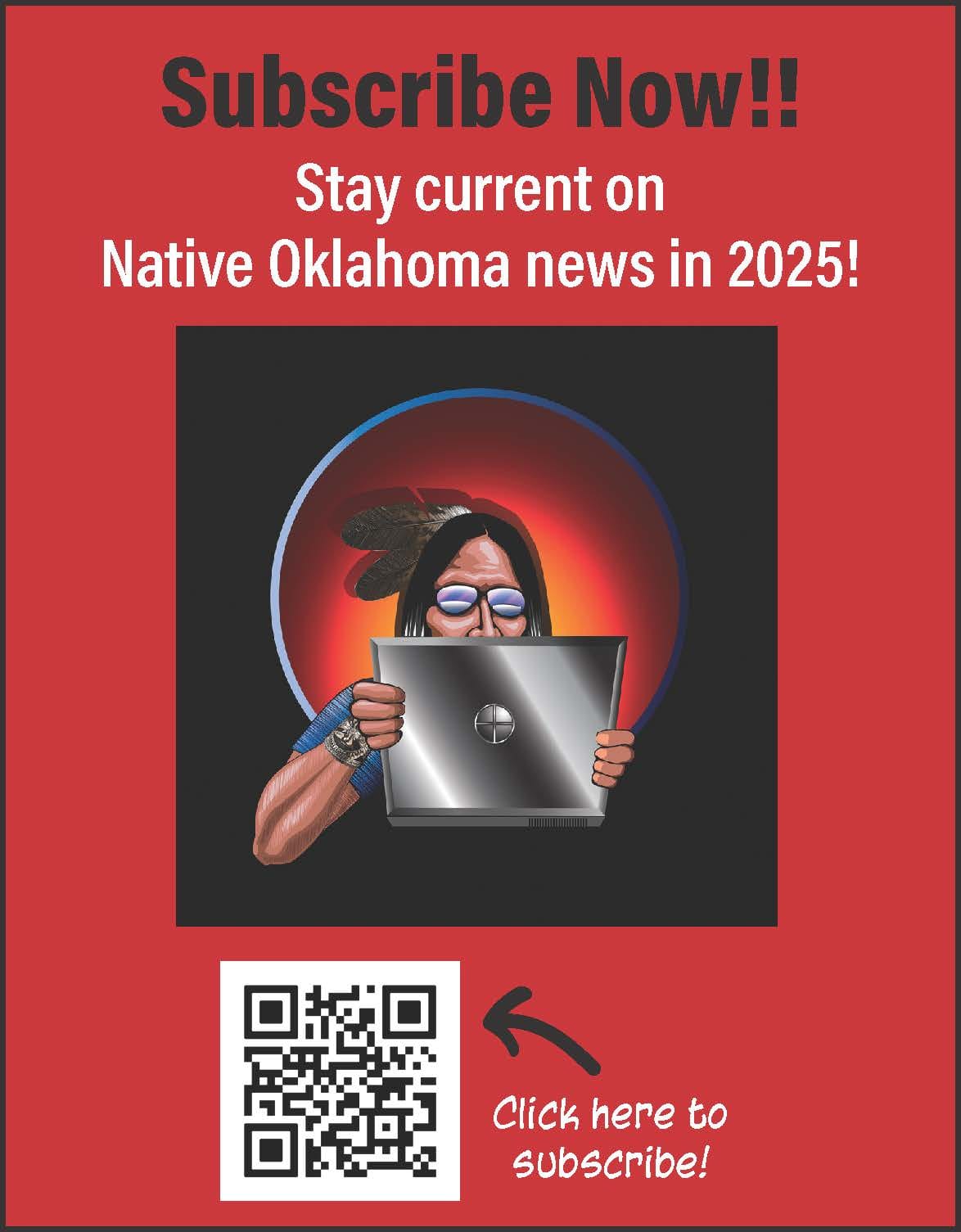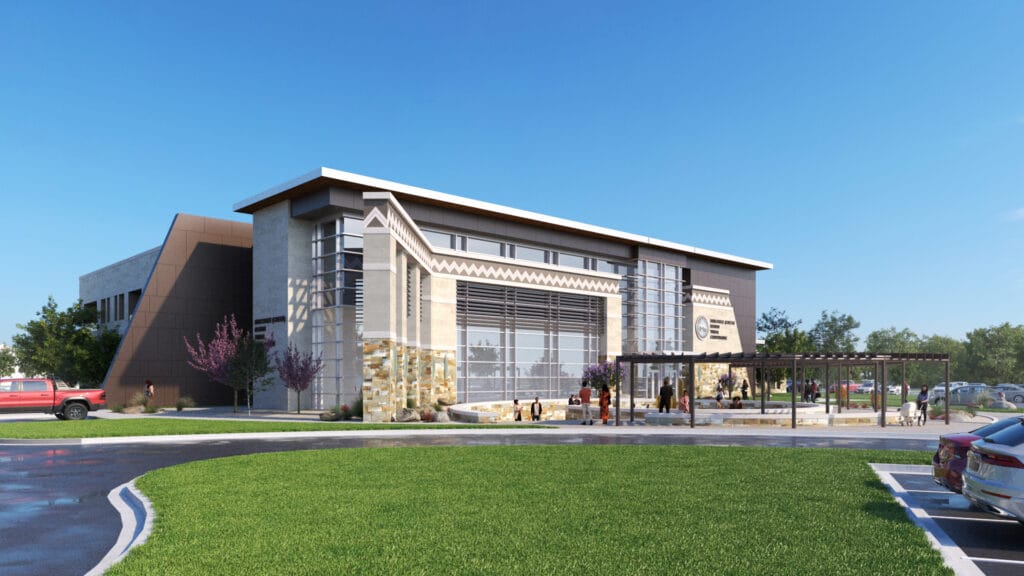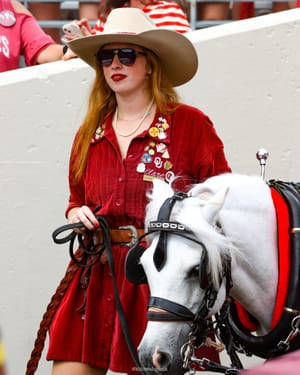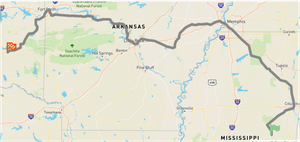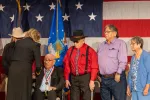

Mvskoke Nation breaks ground on Tribal Courthouse
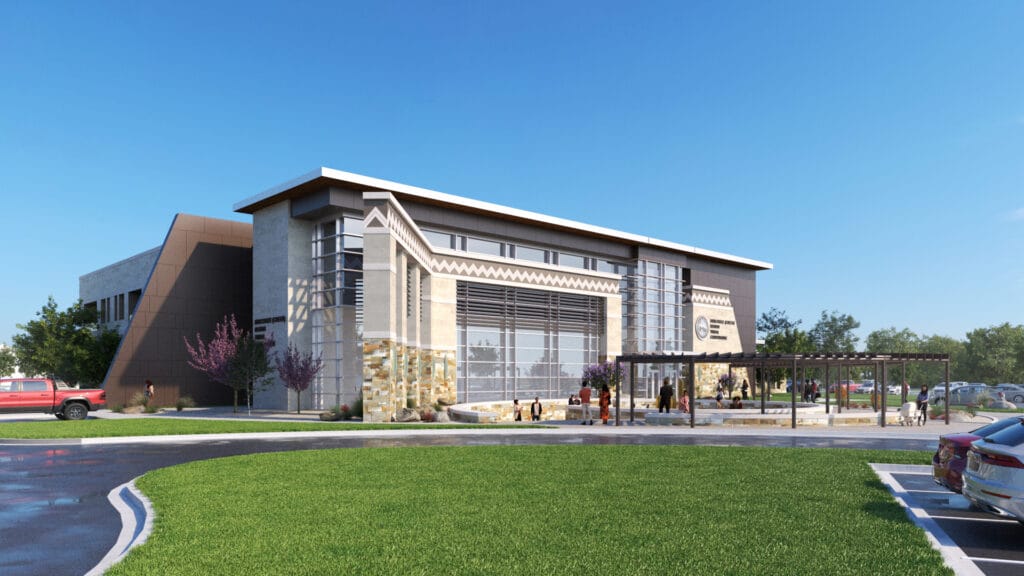
The new building will expand facilities for the Supreme Court and District Court in order to adequately process the increased volume of cases introduced since the McGirt Decision
“We’re here to grow. To make this Nation prosper. We’re going to continue to do that, especially to fight for our sovereignty.” – Chief David Hill
by Braden Harper, Mvskoke Media
OKMULGEE – On Wednesday, Oct. 8 MCN Tribal leadership officially broke ground on the new Tribal Courthouse on the MCN Tribal Complex. The groundbreaking took place at the courthouse’s new address at 1103 East Eufaula. The 43,514 square-foot structure will sit on the southeast corner of the complex where the Mvskoke Media building was previously located. The groundbreaking comes five years after the McGirt Decision affirmed that the MCN has jurisdictional authority to prosecute Tribal citizens who commit crimes on the MCN Reservation. The project was designed by New Fire Native Design Group and will be constructed by Candor Building Solutions.
Native New Fire Design Group President Jason Holaby (Mvskoke) said that the Executive Branch was very closely involved with the vision and planning of the Tribal courthouse. It will house both the MCN Supreme Court and District Court. The first floor will feature an expanded waiting area and two jury courtrooms that can hold up to 150 spectators each. Other spaces include attorney-client rooms, settlement conference rooms, hearing rooms as well as expanded office space for court clerks and judges.
The MCN Supreme Court will be found on the second floor with a ceremonial courtroom, waiting spaces, and seating for 150 spectators. The Supreme Court will also be outfitted with their own expanded office space, conference rooms and hearing rooms. Holaby said the expansions will more adequately serve the needs of the Tribe now that the volume of cases filed within the justice system has grown significantly since the McGirt Decision.
The courthouse’s exterior will feature a large outdoor public seating area with a statue at the center that symbolizes the fires of the Ceremonial Grounds. According to New Fire Native’s website, the fire motif was selected to be reminiscent of areas where council members met and deliberated on unifying decisions. Fire and other Mvskoke cultural motifs will be seen throughout the campus.
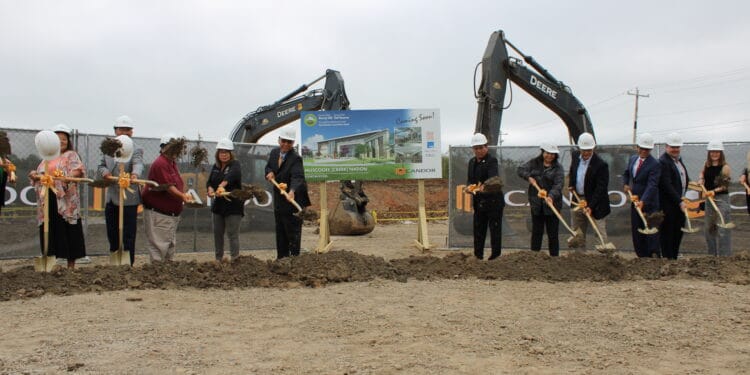
Groundbreaking Remarks
MCN Press Secretary Jason Salsman remarked that this ceremony is a huge achievement for the Tribe and its fight for sovereignty. According to Salsman, this project is a result of many years of patience and diligent hard work from those working in the MCN judicial system.
“Such a big part of progress and prosperity is building this infrastructure, meeting our jurisdictional responsibilities and our needs in 2025 and beyond,” Salsman said. “How many know today that this is what our ancestors really saw for us at one point? They knew that we would grow, they knew that this day would come. They always believed and we had to see it through. A lot of people in our justice system worked very, very hard to make this dream possible.”
MCN Principal Chief Hill believes the court house is a step in the right direction for a justice system that has faced internal and external challenges since the McGirt Decision. In Chief Hill’s words, despite opposition from other law enforcement agencies located within the jurisdictional boundaries of the MCN Reservation, the MCN will continue to serve justice to Tribal citizens.
“There are certain individuals who say we don’t have a court system, it’s not working. We’re here to prove them wrong and we have been. I can’t say enough about our court system. We’re going to continue to do the best that we can with the support of the Executive Branch and the Legislative Branch. We appreciate it, it’s a lot of hard work.”
MCN Second Chief Del Beavor echoed Chief Hill’s sentiments that the project will provide much more than just adding a new structure to the complex.
“This is not just a building. Think about what this building represents. From the time we got here from the time today, this represents the true sovereignty of the Nation,” Chief Beaver said. “This building is going to house how we do justice on the reservation, it’s going to house how we justify things on the reservation. This is about public safety. This is about justice. This is about those who break the law get punished. Those who are victims get restitution. This is not just a building.”
MCN Supreme Court Justice Leah Harjo-Ware delivered a speech at the groundbreaking on the history of the Tribe’s sovereignty and its justice system. Harjo-Ward discussed how the reservation was established in the Treaty of 1832, was reinforced in the Treaty of 1866 after the Civil War, and was most recently affirmed in the McGirt Case of 2020. She further emphasized that the reservation has endured a lot over its 193-year existence: the allotment era, the Curtis Act and the Dawes Rolls which were all acts designed to decentralize MCN and the Five Tribes’ judicial systems. Harjo-Ware noted that the Tribe’s court system would not be fully recognized as a legitimate judicial system until after the passage of the Indian Child Welfare Act of 1978 and signing of the 1979 MCN Constitution.
“It’s been a long road. Today marks the day when we are rebuilding our court system with actual brick and mortar,” Justice Harjo-Ware said. “Bricks and mortar we had in the 1800s was sold against our will. We don’t have those anymore but today marks a new day. It marks a day in which we rebuild what was taken away from us. I am so glad that the National Council has appropriated funds and the Principal Chief has kept his word. We are going to have a new courthouse.”
This is not the first project Holaby has constructed for the Nation. However, in his own words, it is perhaps the most important in regards to its purpose serving Tribal citizens.
“We’re here to celebrate more progress. But this one’s a little bit different, perhaps even more significant because we’re here to break ground on a new building that exemplifies our unwavering commitment to the continued assertion of our Tribal sovereignty,” Holaby said.
“Even as we faced continued attempts to undermine that from the state and local level. Sovereignty is not merely a privilege granted by the federal government. It’s an inherent right that predates the formation of the United States. We are in control of the administration of justice for our own people.”

Choctaw Nation Wildlife Conservation Department Promotes Food Sovereignty Program on the Reservation
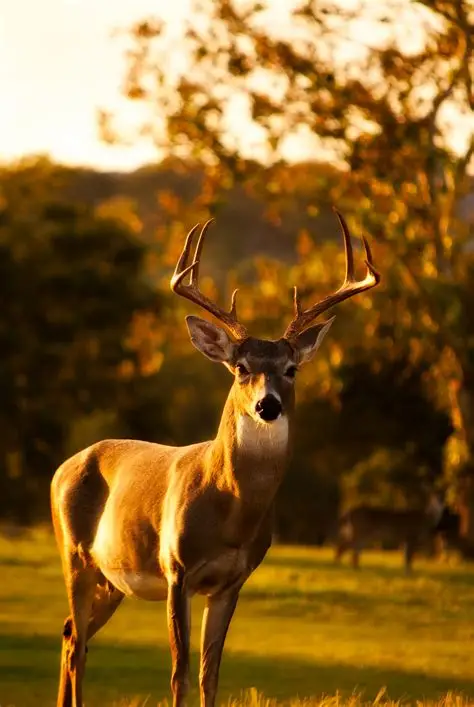
DURANT, OKLA. – Choctaw Nation Department of Wildlife Conservation (CNDWC) is inviting hunters to participate in the Hunters for Food Sovereignty program by donating deer meat via three local deer meat processors. The program will take donated harvests and distribute the meat to tribal members via community centers on the reservation.
The program, part of the Nation’s ongoing commitment to strengthening food security and promoting healthy, culturally relevant food options, aims to provide high-quality, local meat to families across the Nation’s service area. Deer meat can be processed and distributed to families in need, supporting the Nation’s efforts to reduce food insecurity and promote self-sufficiency.
“We are grateful to those who can contribute to this important initiative,” said Matthew Gamble, Senior Manager of Wildlife Conservation. “This is more than just about providing food—it’s about honoring our traditions, promoting sustainability, and ensuring that tribal members have access to the resources they need to thrive.”
How to Donate
Hunters can donate deer meat at any of the locations listed below. When dropping off your donation, refer to the CNDWC Hunters for Food Sovereignty Program. Call ahead to ensure they are still accepting donations. The donations will be processed, packaged, and distributed to Choctaw families, including elders and those facing food insecurity, through their local community centers.
Locations
Three Rivers Meat Company
580-244-2000
69911 N US Hwy 259
Smithville, OK 74957
H&L Custom Processing
580-927-5408
17237 CR 3760
Coalgate, OK 74538
Porter’s Custom Meat Processing
580-317-9055
2321 E 2000 Rd
Hugo, OK 74743
For more information about the Hunters for Food Sovereignty Program or how to donate, contact the Choctaw Nation Department of Wildlife Conservation at 800-522-6170.
'Bring Them Home' tells the story of bison restoration. Here's where you can see it in Oklahoma
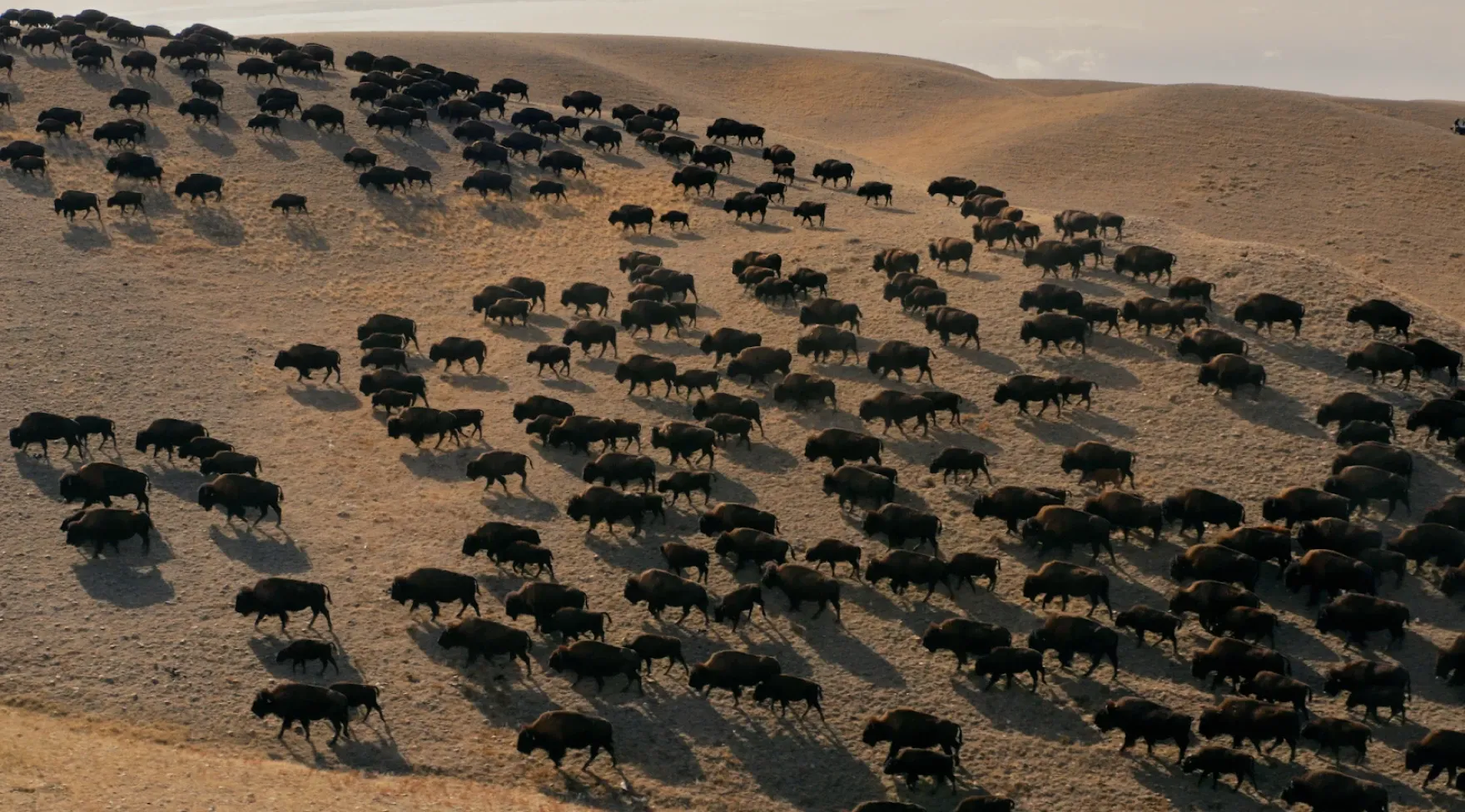
By Miranda Martinez, KOSU
A new documentary about the story of Indigenous efforts to restore bison is airing across the country in select theaters, including in Oklahoma.
Oscar-nominated actress Lily Gladstone is the narrator and executive producer of Bring Them Home. Gladstone grew up on the Blackfeet reservation, where her family worked on buffalo restoration.
The story of buffalo, or iinii, in Native American tribes is a heavy one. The animals were slaughtered along with Native Americans, leaving a dwindling buffalo population.
Buffalo were vital to Indigenous people. They provided food, clothing and a piece of their spirituality.
Bring Them Home explores the significance of buffalo and the efforts of Blackfeet tribal citizens to restore their numbers.
The Blackfeet reservation, established in 1855, is located in Montana and is home to more than 17,000 people.
Bring Them Home will be in select theaters for previews. That includes screenings at:
- Circle Cinema in Tulsa on Oct. 17.
- Rodeo Cinema in Oklahoma City on Oct. 20.
- Old El Reno Theater in El Reno on Oct. 23.
You can find a list of all dates and locations for previews at thunderheartfilms.com/linnii-tour
On Nov. 24, the documentary can be viewed at home on PBS.
Jerod Impichchaachaaha' Tate’s new album released
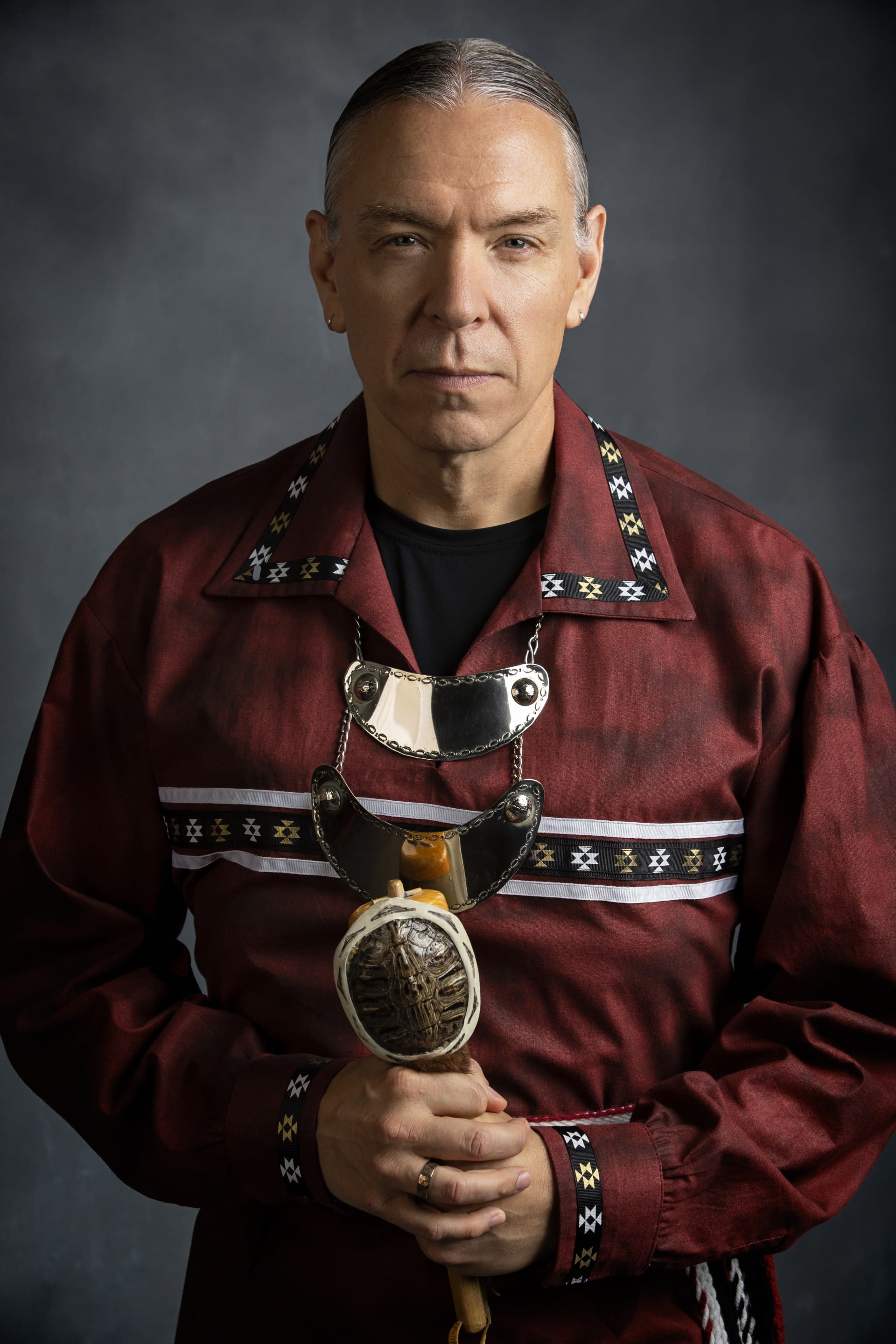
The Dover Quartet released their newest album “Abokkoli ' Taloowa' (Woodland Songs)” Aug. 15, which features two new suites of music by Chickasaw composer Jerod Impichchaachaaha’ Tate in addition to a string quartet by the late 19th/early 20th century Czech composer Antonín Dvo'ák.
“Abokkoli ' Taloowa' (Woodland Songs)” contains five movements , each representing a different woodland creature. Preceding this composition on the album is Tate’s orchestral arrangement of Tuscarora/Taino singer-songwriter Pura Fé’s “Rattle Songs,” a piece in seven movements.
When Tate was first commissioned to compose “Abokkoli' Taloowa' (Woodland Songs)” — then subsequently “Rattle Songs” — for the Dover Quartet, he saw this as yet another opportunity to express his own Chickasaw identity within the context of the 21st century. This is a trend that Tate sees with many First American artists across multiple disciplines, in particular the films of Sterlin Harjo, the paintings of Dustin Mater and the literature of Joy Harjo as they all stay true to their traditional identity while also modernizing it.
“If we went back 200 years, a Chickasaw artist would be creating something using a new shell, design or tool,” Tate said. “Two conversations could be had. One would be, ‘That’s awesome.’ Then some other people would be like, ‘Well that’s not really traditional.’ The same conversations were happening thousands of years ago that are happening today because they were modern at the time. So, I feel very liberated to draw from any tools available to express my identity. I’m like a kid in a cultural candy store.”
Tate blended the past and the present in “Abokkoli' Taloowa' (Woodland Songs)” by weaving traditional Chickasaw melodies through the songs. However, there is also a distinctly modern feel to the compositions as Tate takes each of the five woodland creatures — fani' (squirrel), bakbak (woodpecker), issi' (deer), nani’ (fish) and shawi' (raccoon) — and develops their characteristics through fun, playful and impressionistic approaches. The listener can hear the fani’ running through the tree branches while the bakbak bores into the trunk. The issi' grazes peacefully in the middle of a grove while the nani’ glides and jumps through the water. The shawi' paces and explores from the cover of the riverbank, ready to pounce.
“This album focuses very specifically on five of our woodland animals as highly energetic character sketches of their personalities,” Tate said. “They are musical sonnets of our characters and are an homage to our animals.”
“Rattle Songs,” while a different project, still plays with the way in which ancient traditions progress and can be made modern. “Abokkoli' Taloowa' (Woodland Songs)” was a wholly original composition, but “Rattle Songs” was an orchestration of a previous work by Tuscarora/Taino singer-songwriter Pura Fé. Originally, this piece was performed a cappella by Pura Fé’s all-female trio, Ulali, in the 1990s. Pura Fé took her original inspiration from First American colleagues around North America. She created a suite of seven pieces that paid homage to and modernized the ancient musical traditions of her friends. Now, almost 30 years after its initial release, Tate had the opportunity to modernize it further, transforming it into a string quartet.
While the inclusion of Czech composer Dvo'ák might seem out of place on an album of Chickasaw inspired classical music, Tate not only understands, but applauds the choice, noting his own connection to the Czech composer.
“He is one of my early inspirations for what I do because he completely focuses on his own ancient folk music for the foundation of his classical composition,” Tate said.
When Dvo'ák came to North America, the folk traditions at his disposal were multiplied. The addition of Dvo'ák’s “American” string quartet highlights the composer’s own influences from the music of North America, specifically that of First American and African American musicians.
While the album “Woodland Songs” is an accomplishment, there were also other unexpected benefits to the project, the first of which was a new scene added to Tate’s opera “Shell Shaker: A Chickasaw Opera.”
As he was composing the string quartet for “Abokkoli ' Taloowa'(Woodland Songs),” first an operatic vocal line came to him and then a bass line. Out of the single commissioned work for the Dover Quartet, Tate ended up with three different versions of the same piece. Now the version for chorus and orchestra will be debuted at the Cleveland Institute of Music this fall.
Another unexpected benefit of the collaboration with the Dover Quartet positively impacted Chickasaw youth. For the fourth year in a row, Tate taught his Native Maestro Composition Academy at the First Americans Museum in Oklahoma City. This year, however, the Dover Quartet joined him as his “quartet in residence,” which was a tremendous boon to his students.
“They are one of the finest quartets in history, so I knew that I could basically write anything that I wanted to, and they were going to execute it very highly,” Tate said.
By bringing the quartet to work with his composition students, they were able to take advantage of that compositional freedom, knowing that whatever they wrote would be performed at a high level.
Even though “Woodland Songs” was just released, Tate is already working on a new, groundbreaking project. For the first time in history, a work is being composed where the lyrics, or libretto, are written entirely and originally in Chickasaw. Before now, the words were written in English and translated into Chickasaw, so Tate is excited about working with a libretto that is poetry organically written in Chickasaw. Tate is collaborating with Chickasaw poet Lokosh (Joshua D. Hinson), executive officer of language preservation for the Chickasaw Nation Department of Culture and Humanities. They plan to present “Ámmo'naka' (In a Beginning),” which will premiere at Loyola University in Chicago April 22, 2026.
“I never imagined as a kid that I would be able to do something like this, but now he [Lokosh] is feeding me poetry organically and in Chickasaw. It’s fantastic, and it’s moving. This is a new evolution in Chickasaw art,” Tate said.
Tate truly appreciates the ability to make art and the sacrifices of those who have come before that made this possible.
“Our ancestors walked 800 miles in mud so that I could turn around and write operas about them. And we all get to do this. We all get to turn around and give back what we’re able to based on the work that they did,” Tate said. “They set us up for success, and we get to pay homage to them by being successful. It’s happening all over our tribe in every walk of life, every profession, every vocation and every talent.”
You can find the album “Woodland Songs” on all major streaming services. For more information, visit JerodTate.com.
